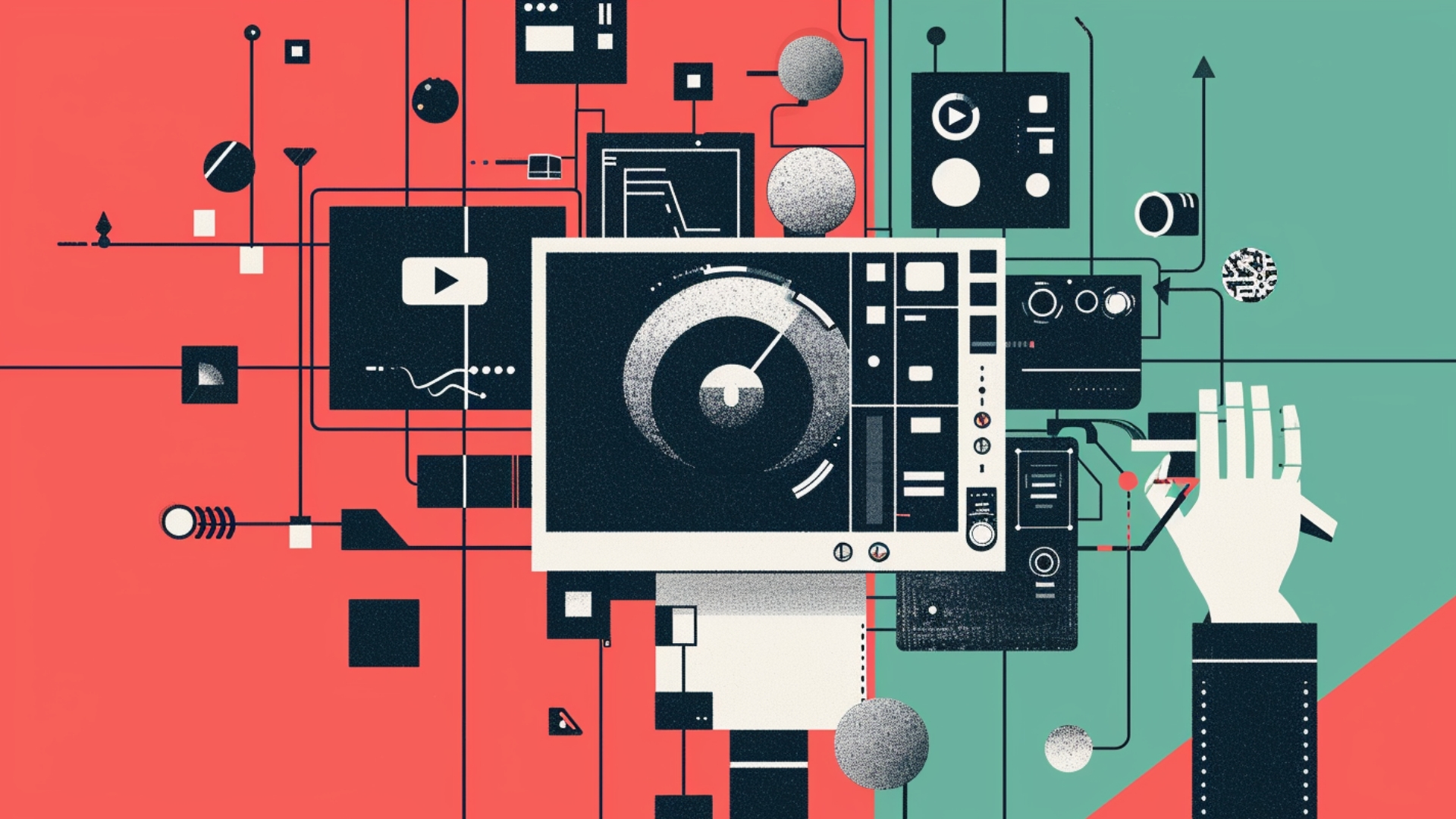AI tools from virtual assistants to speech-to-text continue to reshape broadcast workflows

Subscribe to NCS for the latest news, project case studies and product announcements in broadcast technology, creative design and engineering delivered to your inbox.
Artificial intelligence (AI) and machine learning (ML) have emerged as powerful catalysts for sparking change, reshaping media and broadcast productions. Operational paradigms are shifting, allowing broadcasters to focus less on tedious, time-intensive tasks and pinpoint ways to elevate user experiences instead. This evolution is marked by integrating data-driven insights, ushering in an era of efficiency and innovation.
The impact of AI is exemplified through the recent deployment of intelligent virtual assistants. Typically, these assistants use web-based or in-app chatbots to provide contextually relevant guidance when prompted correctly. Extensively trained in complex, technical workflows and solutions, these assistants navigate administrative and routine tasks easily and precisely. From onboarding new staff to troubleshooting a complex issue or even simply suggesting a new approach to achieving a desired result, these tools have come a long way since the days of “Clippy” in Microsoft Word. These solutions lighten the workload for media operations and broadcast production teams who previously would have done these tasks manually.
AI-powered virtual assistants are just the beginning. AI/ML is key in automating and enhancing various tasks, including metadata extraction, sub-clipping, graphics creation, and caption generation. The true power of these solutions is in streamlining workflow creation. These intelligent systems can intuitively understand and execute user commands. They can negotiate through complex, data-driven decision-making and workflows by harnessing the power of natural language prompts and highly specialized language models trained on specific technical documentation.
Content annotation, processing and transcoding, bitrate optimization, and format conversion are easily built and configured as automated workflows to minimize manual involvement and maximize resource efficiency. More time can thus be devoted to creative processes, fostering a more agile and responsive media supply chain.
Not only can broadcasters reach larger audiences with more widely accessible content, but they can also gather vast amounts of data. A wealth of insights becomes available at the click of a button, offering broadcasters the means to improve workflows, ensure high-quality content production and delivery, proactively identify and resolve bottlenecks, and elevate the experience for end viewers. These insights include demographics, viewership, and engagement, but they also could reveal newer data from enhanced AI/ML services, such as interactions with virtual assistants, common processes or routines that can be automated, or automatic encoding or transcoding adjustments.
For instance, a media production operation could leverage data from an AI assistant query around optimizing UHD media for delivery to suggest an automated workflow for transcoding media into a specific format or codec based on the incoming media formats. In this example, any asset that comes into the production system would automatically be standardized into a single codec and format, making it much easier and quicker for editors or other post-production staff to leverage in their workflows. Then, once the creative team marks they have finished their work, a workflow could be automatically instituted to generate captions from the audio track in the final deliverable using AI speech-to-text services.
Combining these three core capabilities, any broadcast operation can reach untold heights in production quality, efficiency, and versatility; prior broadcast experience is no longer required to produce expert-level broadcasts.
All one would need to do is prompt a virtual assistant with the relevant context it needs, suggest a workflow for it to develop, and integrate that result into the automation system in use. As with all AI-powered services, there is a need for human review to resolve any errors or missteps. However, this level of effort pales in comparison to what would have been required to build and troubleshoot these workflows. Automating and centralizing non-creative tasks accelerates production timelines and unshackles human creativity to be leveraged in more strategic and impactful areas — the end result: a pristine, unmatched experience for viewers.
As the broadcasting industry charts its course toward a future defined by innovation and efficiency, AI/ML and automation play pivotal roles in building data-driven workflows to enhance audience experiences. Broadcasters who embrace these technologies stay ahead of the curve and redefine the standards of excellence in content delivery and user satisfaction. The journey towards seamlessly integrated, AI-enhanced broadcasting operations has already begun. On the horizon lies a future where intelligence and automation converge, creating unparalleled content experiences for audiences worldwide.
Subscribe to NCS for the latest news, project case studies and product announcements in broadcast technology, creative design and engineering delivered to your inbox.




tags
Artificial Intelligence, Automation, Broadcast Transcoding, machine learning, Metadata, Simon Clarke, Telestream
categories
Broadcast Automation, Broadcast Engineering, Featured, Thought Leadership, Voices